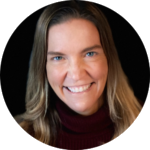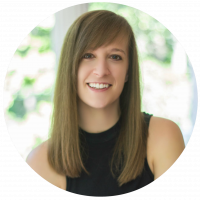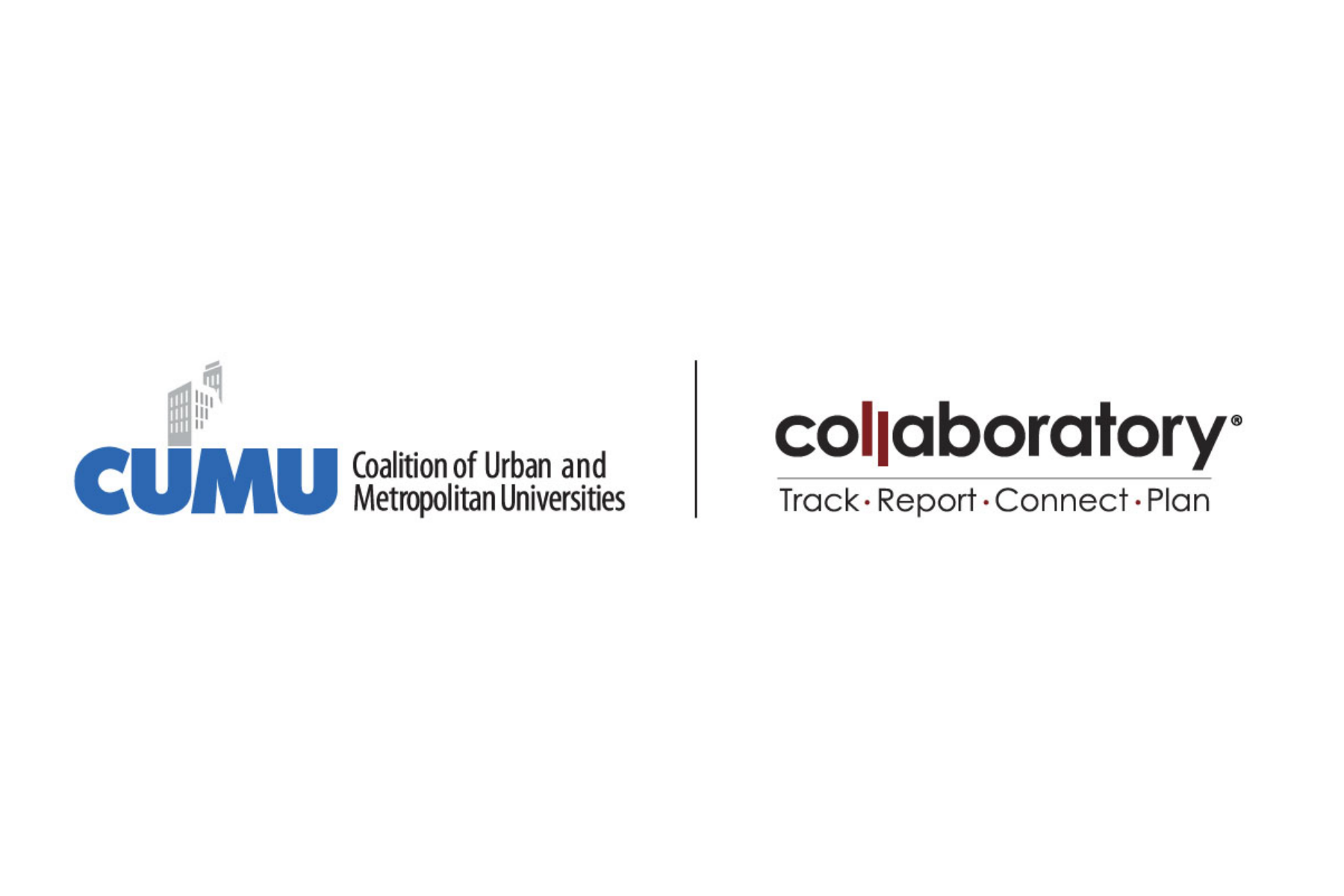
For the 2022 Collaboratory Summit Closing, a panel of Collaboratory administrators discussed the importance of community engagement data to fuel campus and community success and how their institutions are (1) leveraging Collaboratory as a tool to assist with the institutionalization of community engagement on their campuses, (2) strategically aligning data collection and disseminating efforts to generate buy-in from internal and external stakeholders, and (3) positioning and sharing Collaboratory data to move the needle on issues of key importance to their campuses and communities. Read their responses, below.
Stacy Bluth (NC State)
We are a large land grant, extension with a lot of outreach and engagement across campus, but there has never been a systematic approach of collecting data – e.g. campus silos, pockets of data, or lack of. We wanted to understand the landscape of engagement and tell that story. So, now we have 200 faculty/staff in Collaboratory and 450 activities. We took a broad approach outreaching to as many people as possible. We’ve worked with people wherever they are at to show them a variety of community-oriented work fits into Collaboratory.
Kelli Huth (Binghamton)
We are a younger campus, founded in 1946, originally to serve WWII veterans returning home, with a strong liberal arts foundation. Traditionally, people have been involved in outreach related to students completing professional degree programs. We have annual faculty reporting only for tenure/track faculty, all other faculty and staff work is being missed, for student engagement, a campus groups tracking platform; we have professional staff surveys and community partner surveys. When the Carnegie engagement classification came around, people on campus realized that we really don’t have a good system to collect information and we were lucky to have a president’s fund and a new strategic plan to start capturing the activities happening across disciplines. We began with Collaboratory by raising awareness across campus, leveraging engagement champions across campus entering data.
Elaine Ward (Merrimack)
We have about 6,200 students total and have a Community Neighborhood Resource Center, a Service Learning Center, both under the Office of Mission and Ministry. There was a goal to deepen work in the curriculum beyond first year seminars. Merrimack is also working toward having PhD programs, increasing its research focus, asking where community-engaged research fits in. Our Augustinian values prioritize direct service with communities, but what does that mean across the campus, and in research, in particular realizing that schools and departments collect data differently, which poses a challenge. There are presidential initiatives surrounding diversity, equity, and inclusion and community engagement, thinking through how both initiatives work together. We have tried various strategies, received data in various ways but are still strategizing how data gets captured.
Kelli Huth (Binghamton)
We are a R1 research institution and with a College of Community and Public Health, other units think that that unit, and the community engagement space within it, is where all engaged work lives/comes from; and/or they don’t see their work as engaged. What are the metrics for engagement, if we really want to get serious about engagement? There is a need to discuss all stages of research projects with a community partner versus just presenting to the partner at the end. What is the university getting out of partnerships and vice versa.. Community engagement became its own priority and required resources. Recognizing that if we want diversity in faculty/students and seeing engagement as a strategy, we need to change our rewards program to reflect this.
Stacy Bluth (NC State)
NC State used to have a large center for community engaged teaching/scholarship, but it disappeared 10 years ago. So even though it’s part of the history and current strategic plan, there is not a lot of staff and support. So that’s been a tension. We also do see some really good outreach and service happening but not as much deeper engagement. It’s been helpful to use Collaboratory to think through how to get more to engagement, toward mutually beneficial partnerships. This hopefully helps to justify the office and additional needed resources.
In response to a different question, everybody wants something different from Collaboratory. A lot of learning and listening is required to sufficiently capture the varied types of engagement.
We ask people what is going on with your engagement, what do you need, and suggest ways Collaboratory can help you. For example, deans want to know we are serving all counties in North Carolina. Other people might want to connect across research, so it becomes working to identify what those buckets might be and connect people in similar research areas.
For us the dance revolved to a grassroots approach from a top-down approach; initially we were told that we needed buy-in from folks at the top; we got their blessings, which is a good thing in the end, yet likely not the best starting approach. This is due to a long history, like the Center closing, the faculty and staff doing this work were not very trusting of the university’s ability to do it well. Reaching out to one person, then giving us three more people to talk to has worked much better than a dean or department head telling people to do something.
Elaine Ward (Merrimack)
A lot of people struggle in regard to the data, I am better at the relations piece within engagement. It’s a dance in and out of the data and the work. But what I have used on campuses is a basic community organizing principle: what are some folks really interested in working on and then leveraging that energy toward work and data. This resulted in work in two cities, two towns, faculty researching food systems across the valley, resulting in events, projects, conference presentations and publications. Now, we can say look at what you’ve done, now let’s capture that in Collaboratory.
Kelli Huth (Binghamton)
You do have to keep people excited about the work for there to be data in the first place.
And when we first brought up Collaboratoyr, the Co-chair of our Carnegie CE classification committee said no because they said faculty don’t have time; but beyond time, there are several other reasons as well that faculty might not use the tool. There might be distrust of where information will be used, people might not know what really is engagement and to fully understand these reasons, or possible resistance, a lot of time is involved. A grassroots approach is key to help work with and understand resistance. One success: Getting a big unit on board, so to be able to demonstrate data, promotion and tenure use cases; how all of the activities come together to form a bigger picture of what their story is.
Elaine Ward (Merrimack)
With 5 schools, two deans, and a newer provost, it’s important to consider when we think about stakeholders doing another campus tour with new stakeholders. Our growth and focus on research is an opportunity, in particular with our grants office becoming more robust, showing faculty the work that they are doing. Two other groups to align more with: institutional research and faculty assessment committee, given that we are going through a general education curriculum reform. A conversation about needing data and evidence-based research is occurring.
Kelli Huth (Binghamton)
Beyond strategic plan metrics, asking questions like do people need broader impact statements so they are successful with funders? Funders/granters have higher standards, it is not just about the dissemination of research any more. For faculty, demonstrating a responsiveness to community partners, maybe a community partner’s experience with one student or group wasn’t great and naming it is better to move forward. We need to understand who is working with the same community partner, to better streamline work/goals, to avoid partner fatigue/burnout.
Stacy Bluth (NC State)
The listening piece is huge, early assumptions about faculty and work might be wrong. Graduate students proxy data for the Office of Outreach and Engagement – they are trained on questions to ask for the 30 minutes about their research and listen and learn from them. They want to connect with other people and community partners, without having a robust office that already facilitates partnerships. It is all about relationship-building, which is hard at a big institution.
Elaine Ward (Merrimack)
Much of the challenges relate to capacity and capacity for where Collabroatory lives and how it gets leveraged; fatigue has been a big hurdle; and, shifting institutional priorities has been a part of it. A big win: building out a regional deep partnership with many layers.
Stacy Bluth (NC State)
One of the biggest hurdles: leadership transitions, every time we have a plan in place, we get a new Vice Provost. Wins: we receive one email a week or so, from a faculty/staff sharing stories of using Collaboratory to find other people to connect with, to apply for grants, among other things.
Kelli Huth (Binghamton)
We definitely see that ownership (at times student affairs and academic affairs tension in ownership) leadership transition is a challenge, but are excited about a provost that was the candidate to advocate community engagement as core to institutional work. Starting to collect data systematically allows for us to see the gaps, as well as the quality partnerships. Advice for other campuses: find out what excites people and identify campus champions – who are really excited about this work – this generates more work and allows for building on successes and activities of others when you hit roadblocks. This type of intentional work helps build that strong foundation that doesn’t go away if the provost leaves. To transform a culture, this work shouldn’t shift if the campus is engaged, we want the culture to be the reason people come to attend or work at our university. It isn’t about numbers, but quality of relationships.
Meet Your Panelists:

Elaine Ward, PhD
Assoc. Professor of Higher Education and Special Assistant to the President for Civic and Community Engagement Merrimack College

Kelli Huth
Former Director, Center for Civic Engagement, Binghamton University

Stacy Bluth
Collaboratory Program Manager, Office of Outreach and Engagement, North Carolina State University
Meet Your Moderator:


Lauren Wendling, PhD
Director of Institutional Success, Collaboratory

